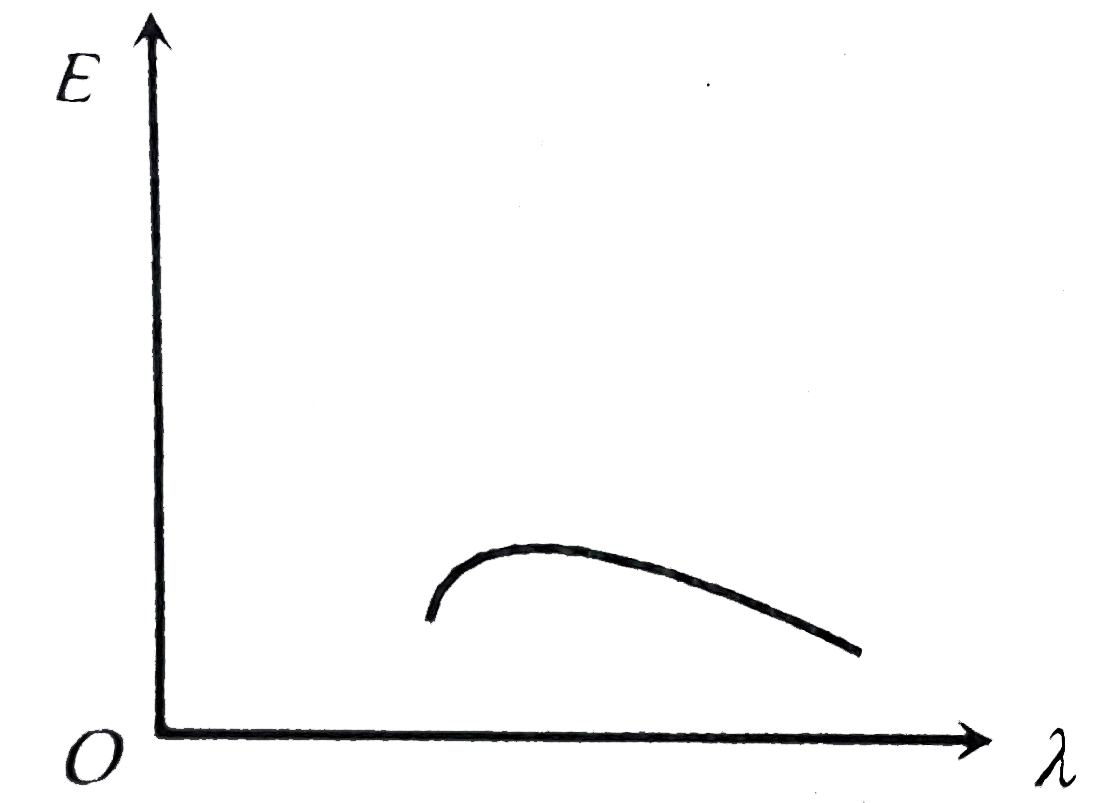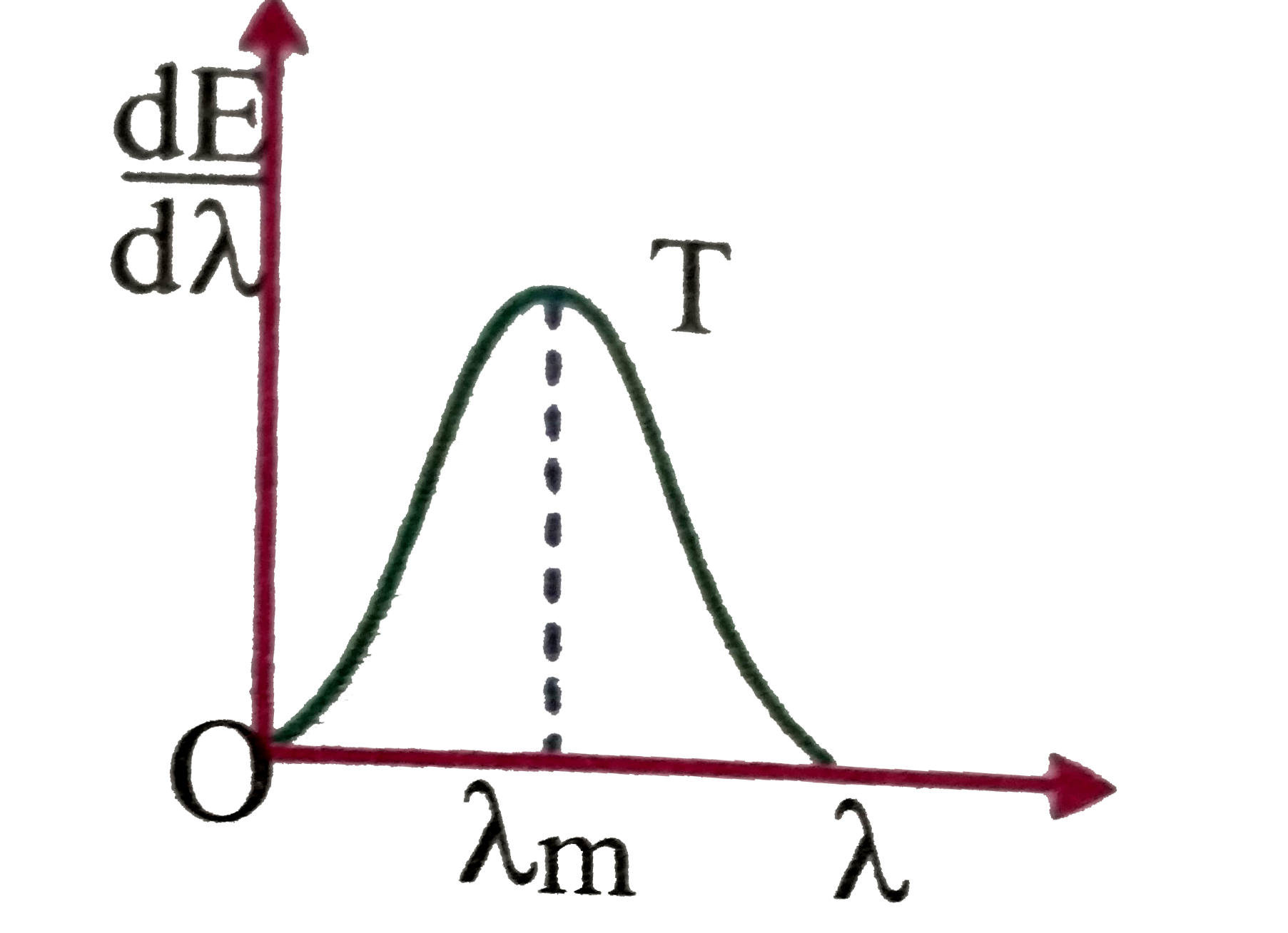An ideal Black-body at room temperature is thrown into a furnace. It is observed that
initially it is the darkest body and later the brightest
it is the darkest body at all times
it cannot be distinguished at all times
initially it is the darkest body and later it cannot be distinguished
The correct Answer is:A
When the temperature of black body becomes equal to the temperature of furnace, it will radiate maximum energy, so it will be brightest. Initially it will absorb all radiations, so it will be darkest.
Topper's Solved these Questions
- BOOK - CENGAGE PHYSICSCHAPTER - ARCHIVES 1 VOLUME 6EXERCISE - Multi Correct13videos
ARCHIVES 1 VOLUME 6
- BOOK - CENGAGE PHYSICSCHAPTER - ARCHIVES 1 VOLUME 6EXERCISE - Assertion-Reasoning1videos
ARCHIVES 1 VOLUME 6
- BOOK - CENGAGE PHYSICSCHAPTER - ARCHIVES 1 VOLUME 6EXERCISE - True/False7videos
ARCHIVES 1 VOLUME 6
- BOOK - CENGAGE PHYSICSCHAPTER - ARCHIVES 2 VOLUME 6EXERCISE - Integer4videos
ARCHIVES 2 VOLUME 6
Similar Questions
Knowledge Check
- Question 1 - Select One
A black body at high temperature emits thermal radiations of
Alarge wavelengthBsmall wavelengthCone fixed wavelengthDall wavelengths - Question 2 - Select One
Benzene and toluene form an ideal solution at room temperature. Which Of the following is not true for this process?
AΔVmix=0BΔHmix=0CΔSmixforsystem=0DΔGmix<0 - Question 3 - Select One
The energy distribution E with the wavelength (λ) for the black body radiation at temperature Kelvin T is shown in the figure. As the temperature is increased the maxima will
 AShift towards left and become higherBRise high but will not shiftCShift towards right and become higherDShift towards left and the curve will become broader
AShift towards left and become higherBRise high but will not shiftCShift towards right and become higherDShift towards left and the curve will become broader
Benzene and naphthalene from an ideal solution at room temperature. For this process, the true statement(s) is(are)
View SolutionIn the figure, the distribution of energy density of the radiation emitted by a black body at a given temperature is shown. The possible temperature of the black body is
 View Solution
View SolutionThe rate of dissipation of heat by a black body at temperature T is Q. What will be the the rate of dissipation of heat by another body at temperature 2T and emissivity 0.25?
View SolutionA power radiated by a black body is P0. and the wavelength corresponding to the maximum energy is around λ. On changing the temperature of the black body, It was observed that the power radiated is increased to 25681P0. The shift in the wavelength corresponding to the maximum energy will be
View SolutionBenzene and naphthalene from an ideal solution at room temperature. For this process, the true statement(s) is(are)
View Solution


